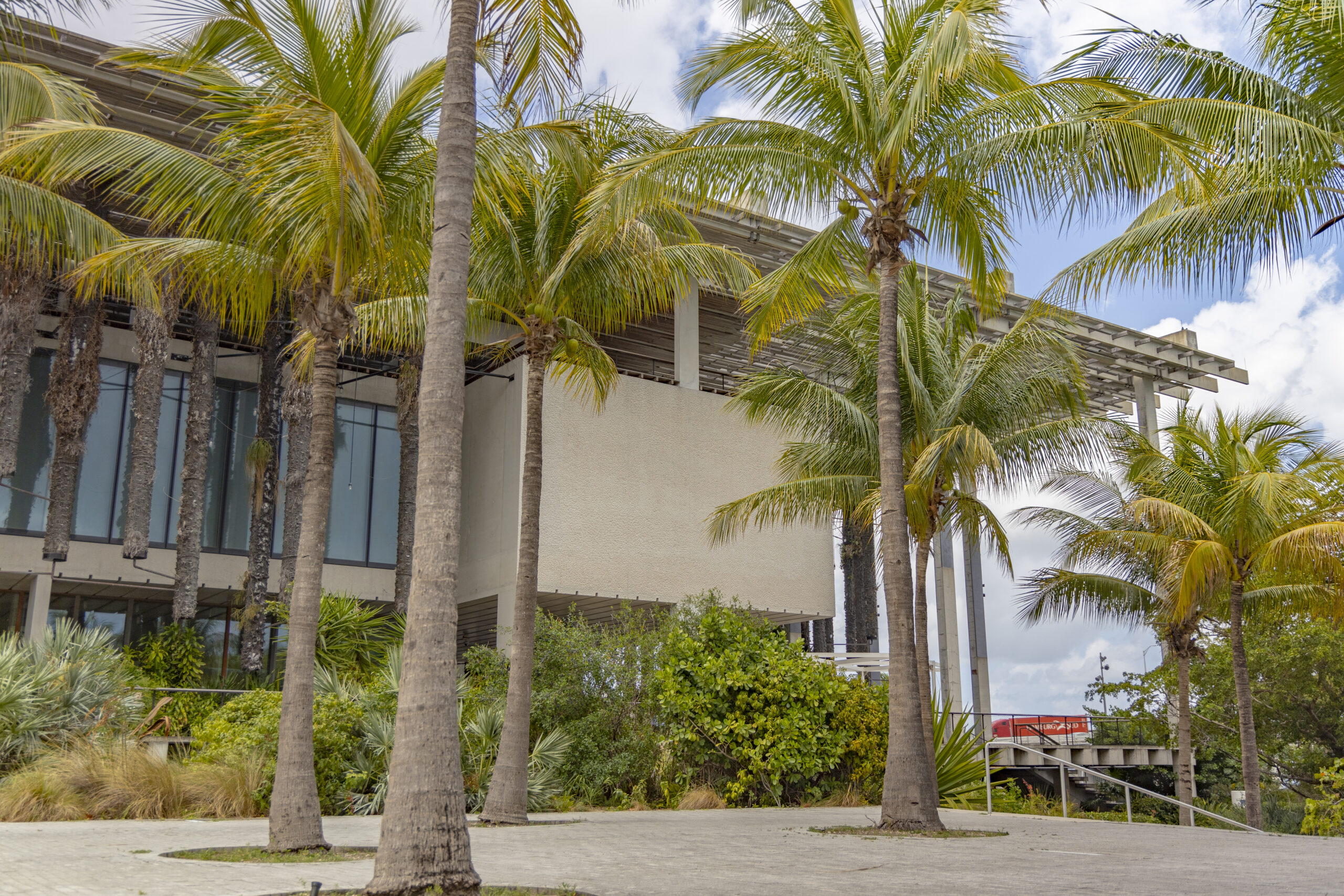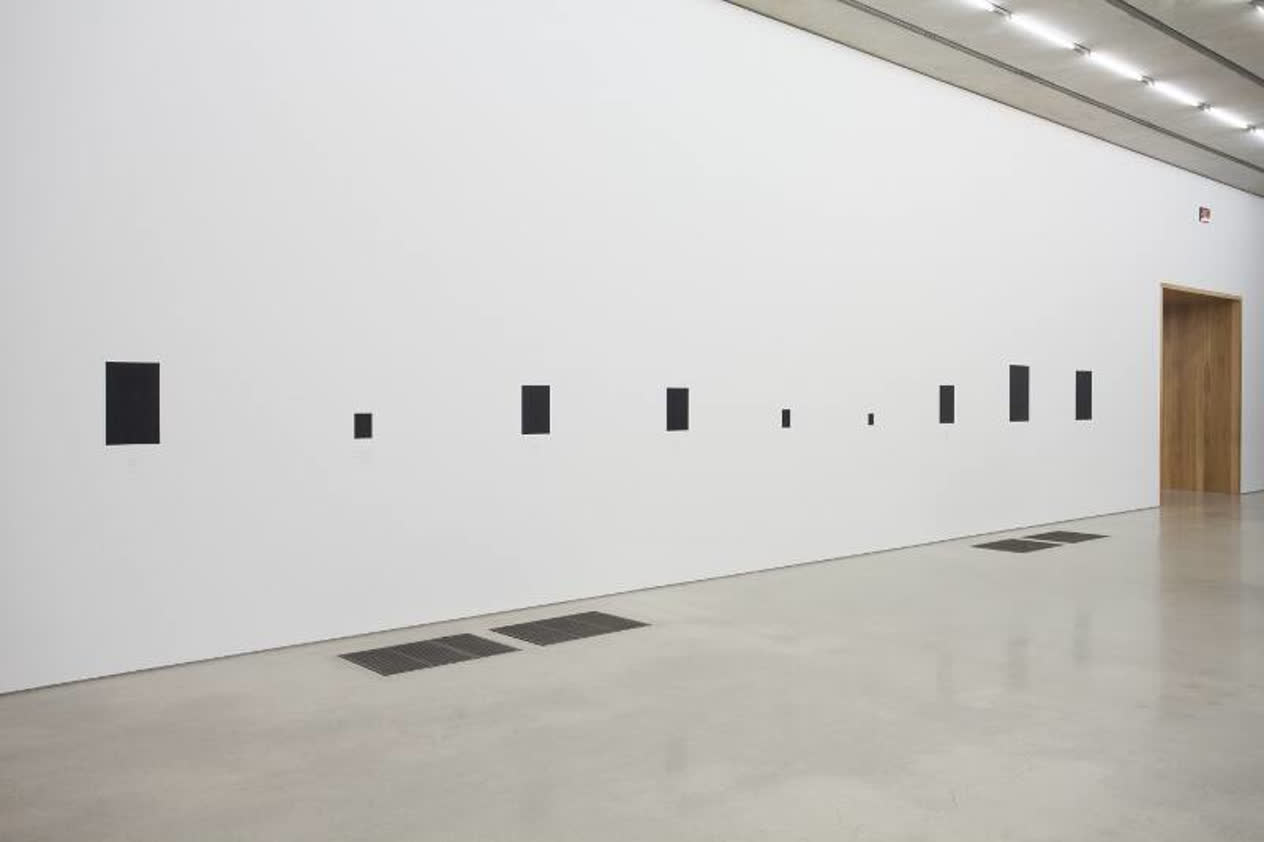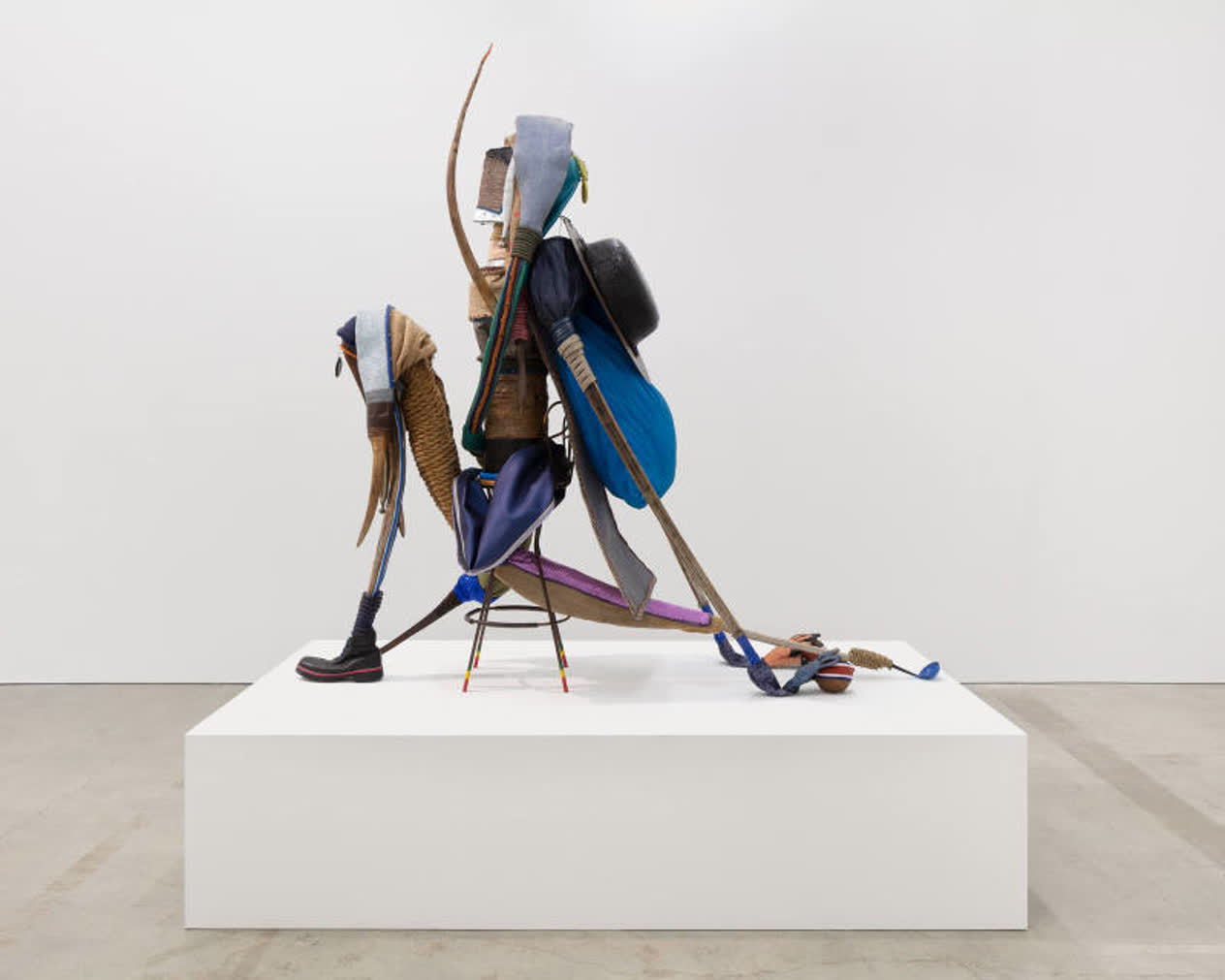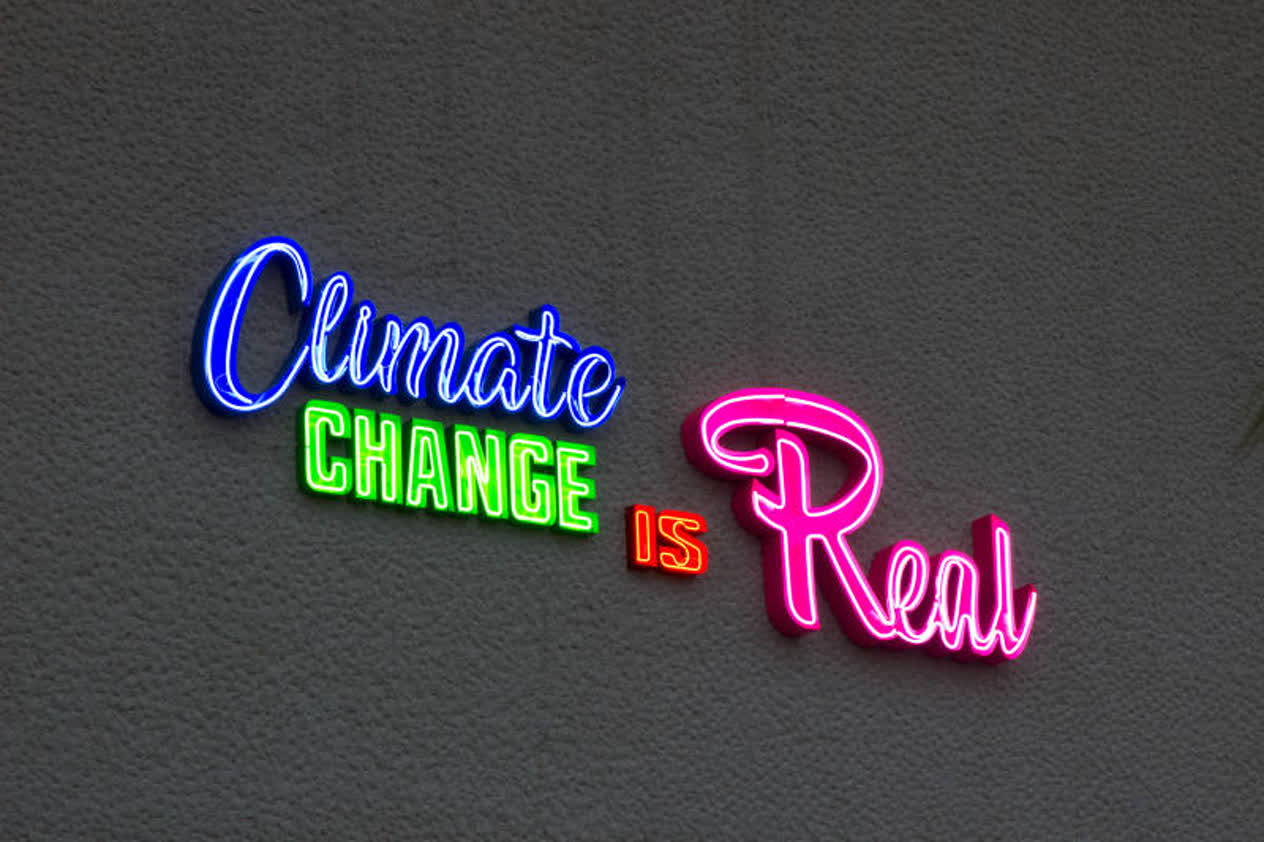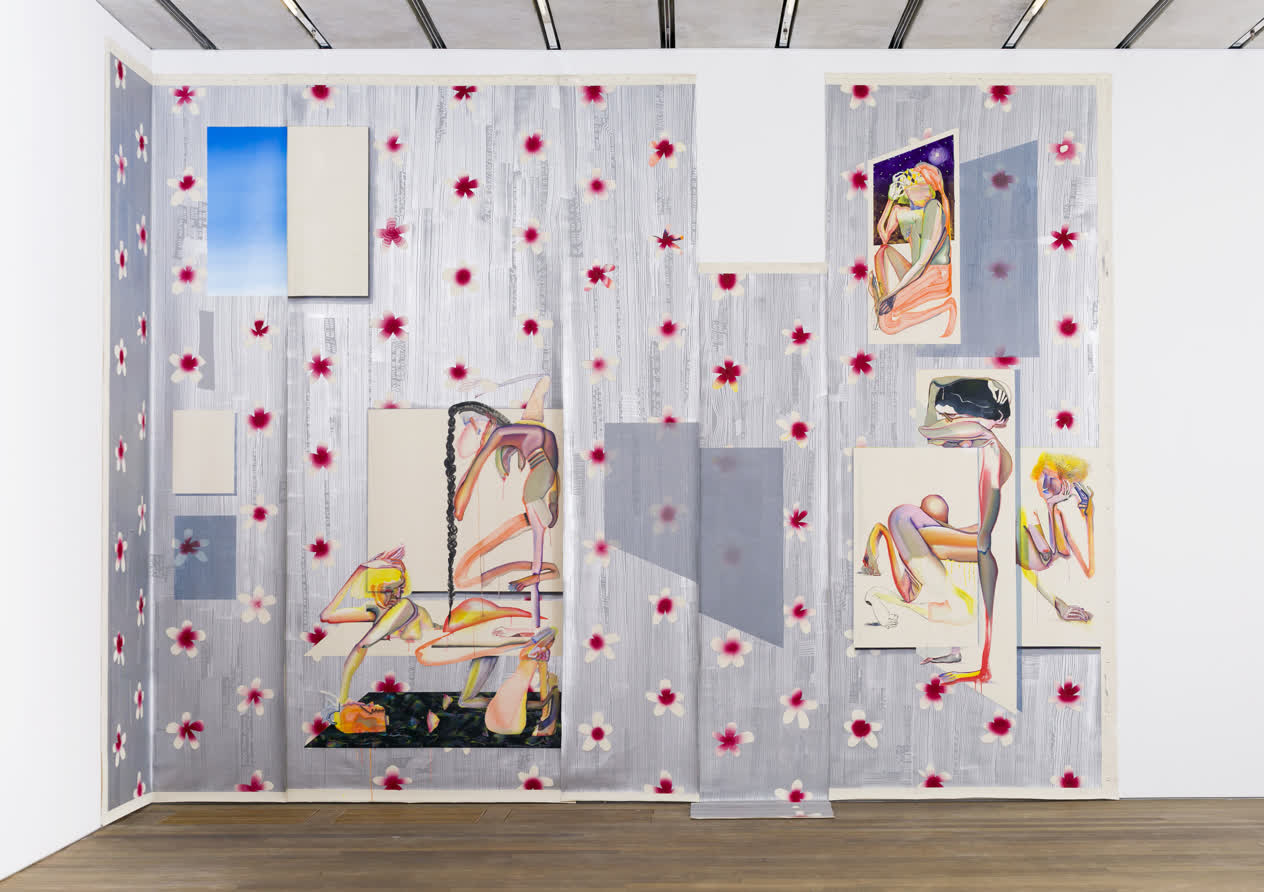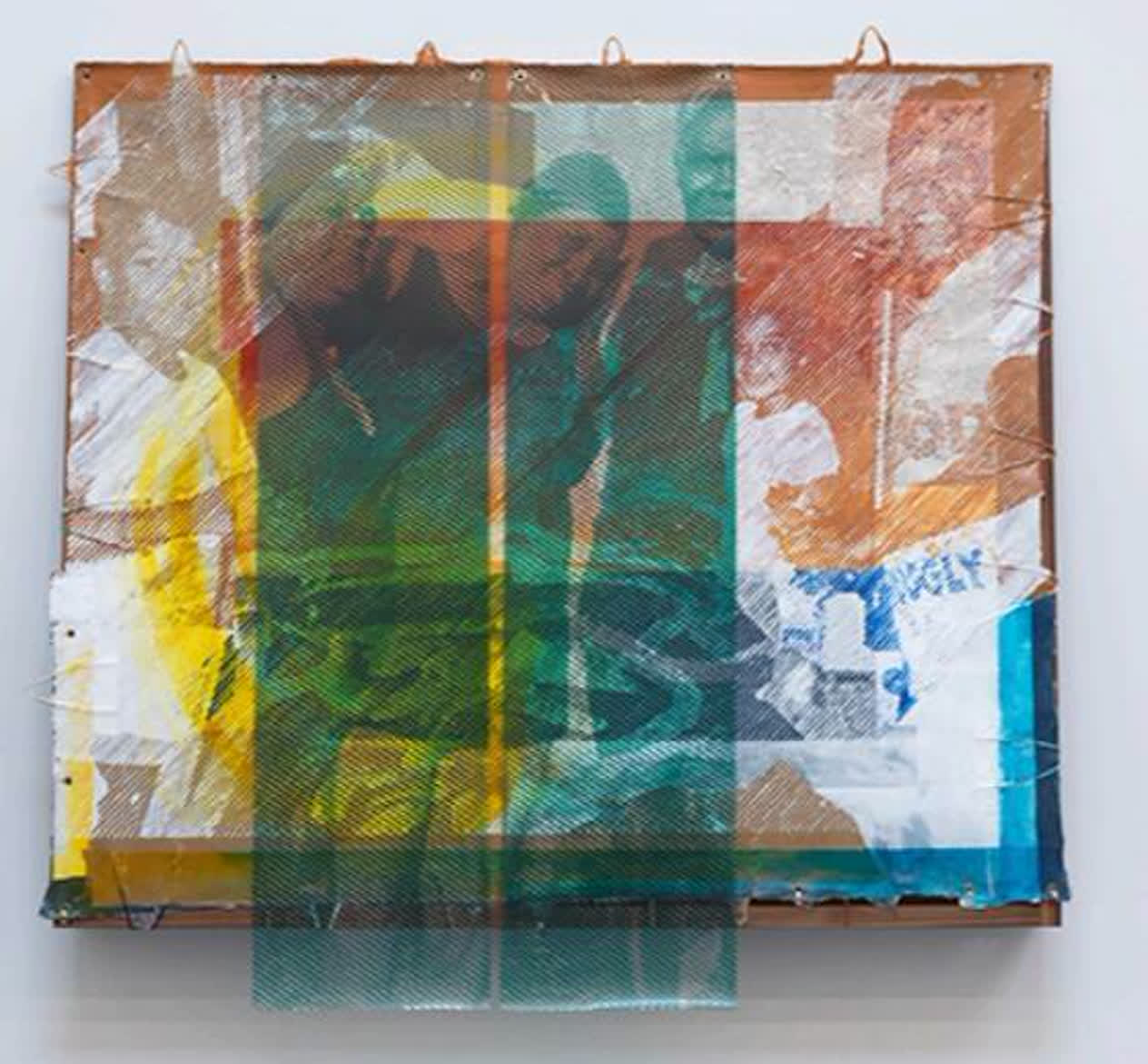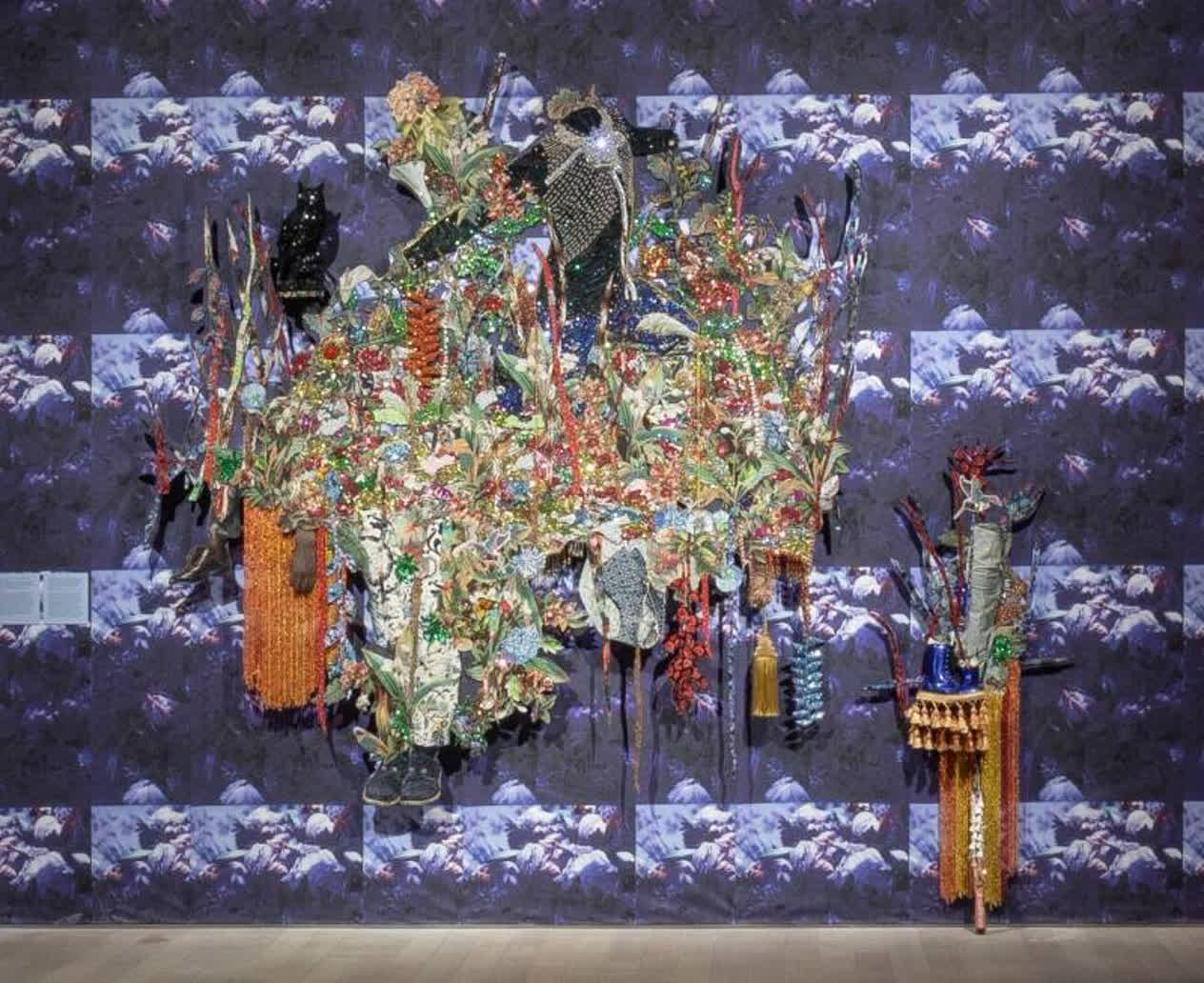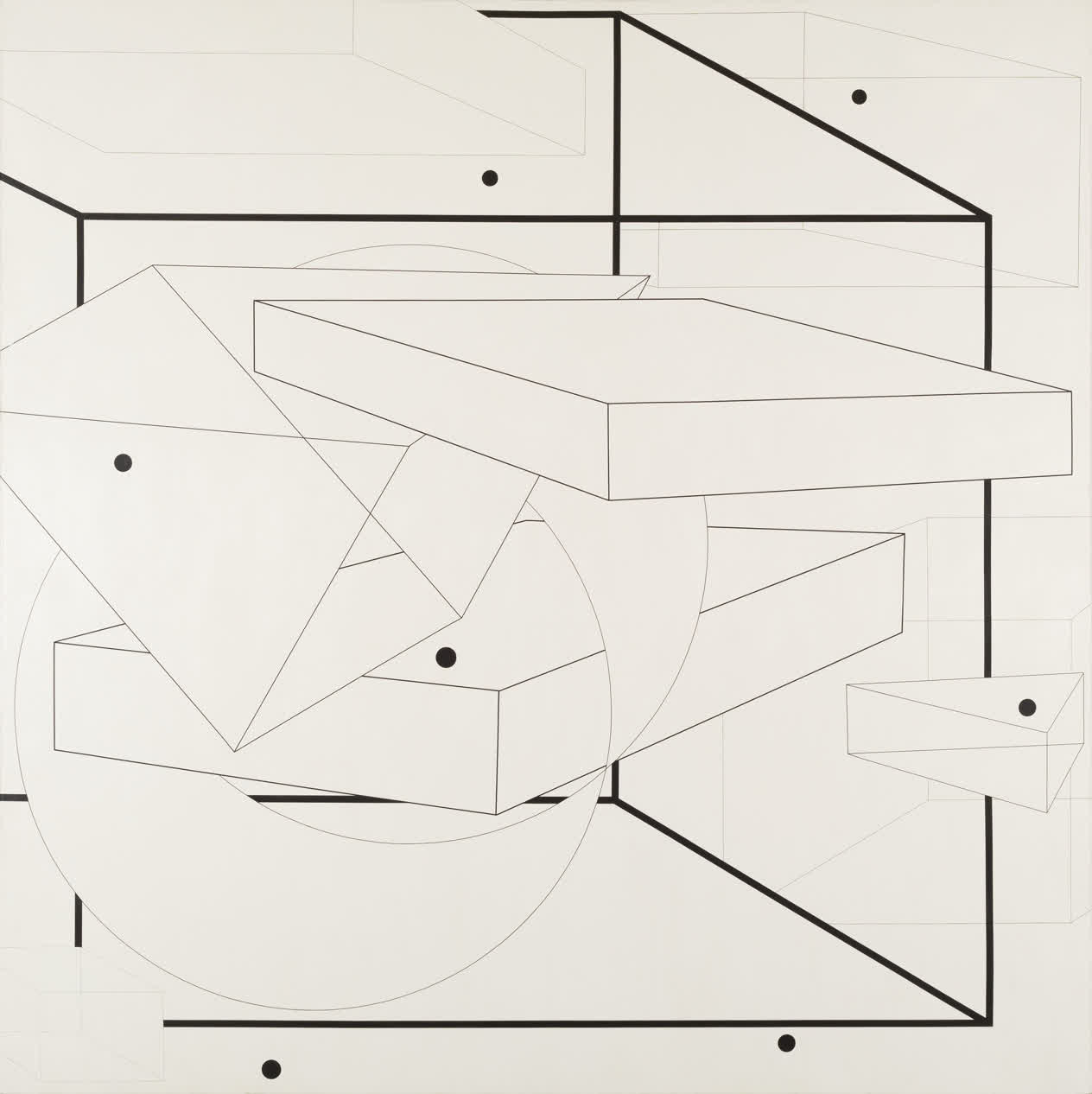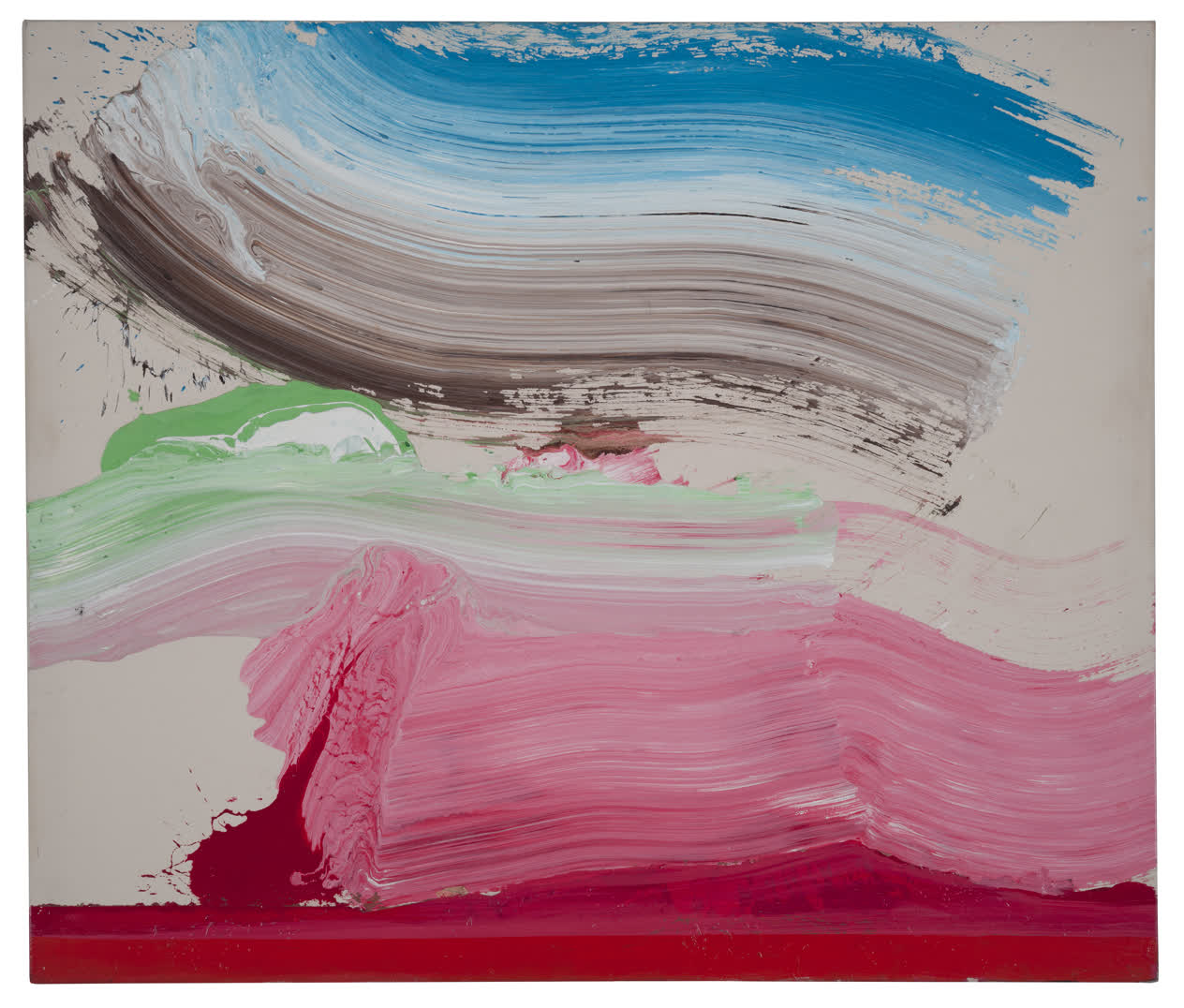Nari Ward Homeland Sweet Homeland 2012
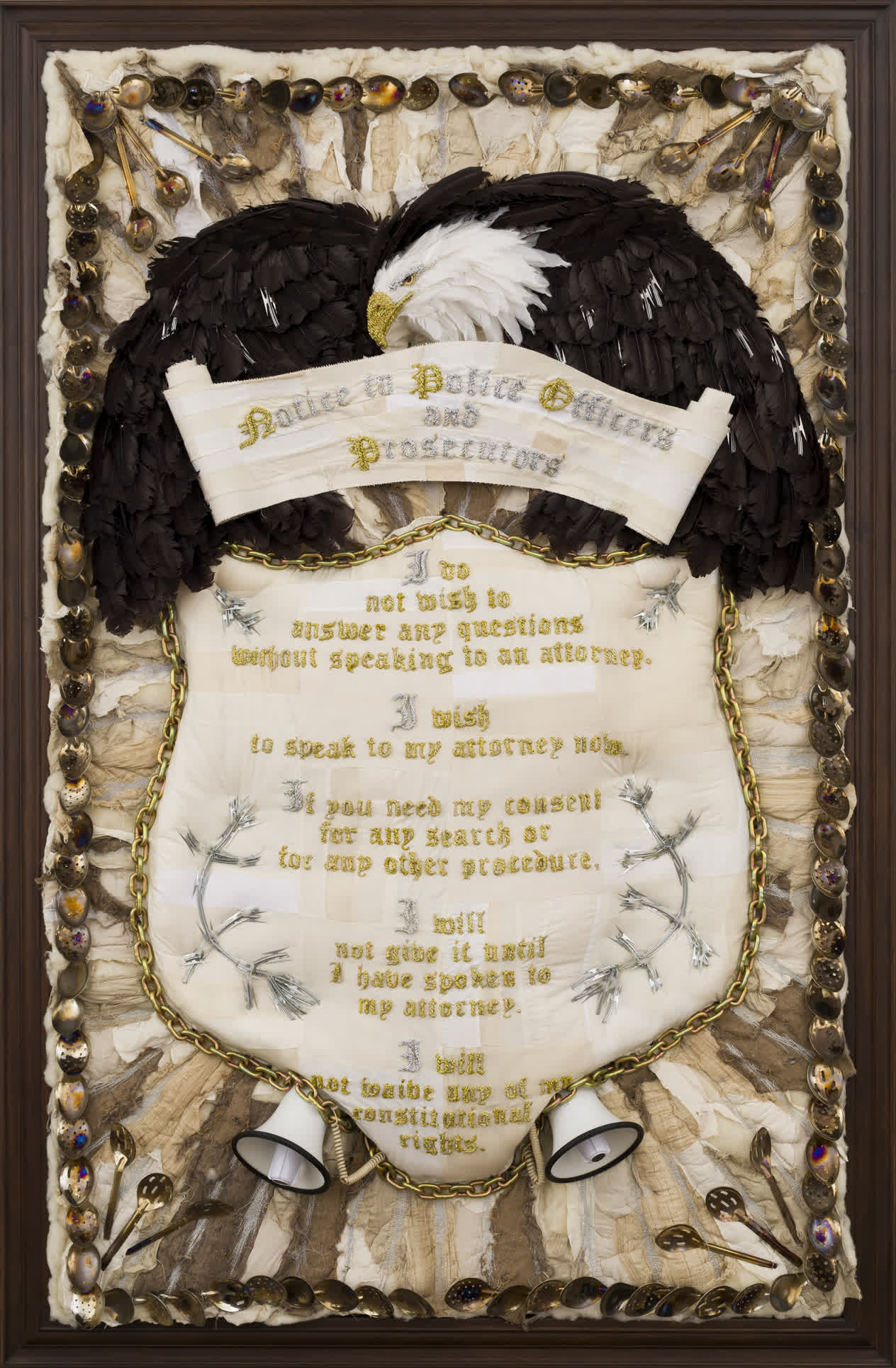
© Nari Ward. Courtesy the artist and Lehmann Maupin, New York, Hong Kong, and Seoul

The “Miranda rights,” a set of statements that detail one’s claims to an attorney, the right to avoid self-incrimination (the right to remain silent), and other protections, has appeared on the back of Nari Ward’s business card since 1999. He has returned to these rights in numerous works, most notably in Homeland Sweet Homeland. Ward produced this piece while in residence at the Fabric Workshop and Museum in Philadelphia, the birthplace of the US Constitution, which guarantees these civil liberties in its the Fifth Amendment. Created from an array of materials, ranging from razor wire and megaphones to gold thread and feathers, this work simultaneously suggests the form of a kitsch domestic memento and the regal scale and heraldic formality of an official government edict.
Identification
Title
Homeland Sweet Homeland
Production Date
2012
Object Number
2015.32
Credit Line
Collection Pérez Art Museum Miami, museum purchase with funds provided by Jorge M. Pérez, the John S. and James L. Knight Foundation, and PAMM Ambassadors for Black Art
Copyright
© Nari Ward. Courtesy the artist and Lehmann Maupin, New York, Hong Kong, and Seoul
https://www.pamm.org/en/artwork/2015.32
Copy artwork link
Physical Qualities
Medium
Cloth, plastic, megaphones, razor wires, feathers, chains, and silver spoons
Dimensions
96 x 59 3/4 x 10 inches
Visual Description
Nari Ward’s Homeland Sweet Homeland is a mixed media artwork, made up of cloth, plastic, megaphones, razor wire, feathers, chains, and silver spoons. It measures ninety-six inches tall by sixty inches wide. It projects slightly from the wall, giving a depth of ten inches. It is displayed like a portrait-style painting, meaning its shorter side runs parallel to the gallery floor.
Homeland Sweet Homeland displays a bald eagle perched atop a “Notice to Police Officers and Prosecutors.” This notice lists five statements related to rights granted by the Fifth Amendment to the United States Constitution. These rights all concern themselves with the due process of law.
Starting with the background, the entire face of the large, portrait-style work is covered in a collage of tan and beige strips of fabric. The irregularly torn shards of parchment-colored textiles are layered together in a way that creates a sunburst pattern, as they radiate from behind the central parts of the collage. Around the edge of the entire rectangular artwork is a border of silver slotted serving spoons, forming a textured metallic border.
The top third of Homeland Sweet Homeland bears a bald eagle. The eagle’s left and right brown feathered wings curve like two mounds around its white feathered head, stretching the full width of the artwork. Peeking from underneath the eagle’s plumage, are the protruding barbs of metal razor wire, which form the eagle’s skeleton. The eagle’s golden embroidered beak points to the left side of the artwork, leaving its left eye to stare at the viewer. Beneath the eagle beak is a scroll of parchment, unrolled across the width of the artwork. The scroll bears the words “Notice to Police Officers and Prosecutors.” The capitals are embroidered in gold and the lower-case letters in silver. The letter forms are in a style used by printers and calligraphers centuries ago, sometimes called Gothic or Blackletter script. The letters are ornate and decorative, with thick, straight lines and curved embellishments on the ends of the capital letters.
Continuing down the artwork, the bottom two-thirds of the artwork contains the list of legal statements. They are centered on the blazon, or front, of a shield. The shield is outlined by a gold link-chain, and is the same parchment color as the scroll above it. The shield looks upholstered as it bulges slightly outward. Strips of sharp razor wire decorate the left and right sides and corners of the shield, framing the list of statements. Stacked in a column of gothic text in the shield’s center, the shield reads:
I do not wish to answer any questions without speaking to an attorney.
I wish to speak to my attorney now.
If you need my consent for any search or for any other procedure,
I will not give it until I have spoken to my attorney.
I will not waive any of my constitutional rights.
In the lower left and lower right corners of the shield, protruding underneath it and beyond its golden chain border, are two handheld megaphones. Their loudspeaker portions project out from under the shield, and pointed downward, toward the lower left and lower right corners of the artwork respectively.
The overall composition is similar to the official seals used by the United States Federal Government with its use of the bald eagle. It also looks like an old and important document with its use of gothic-style lettering.




